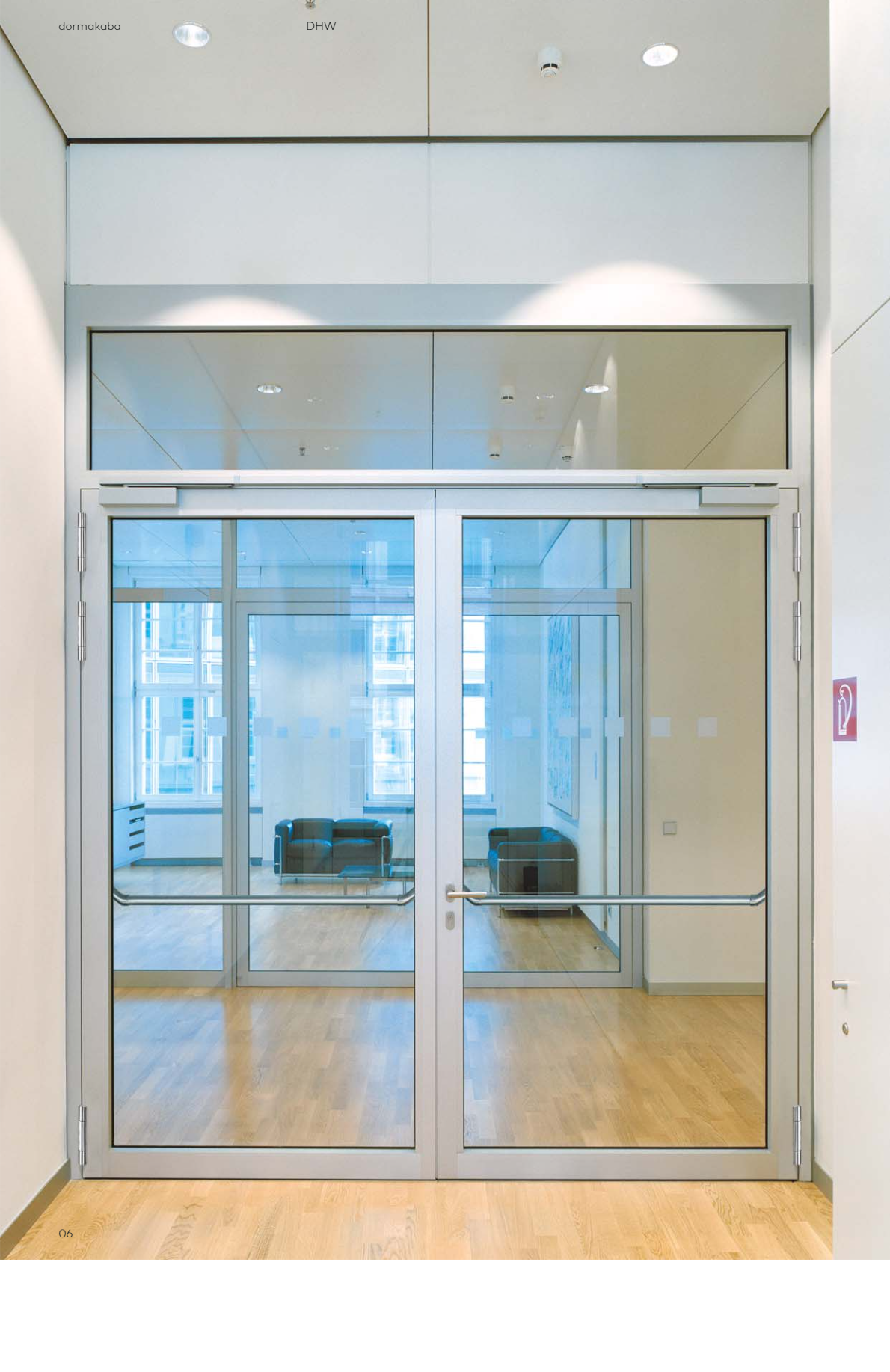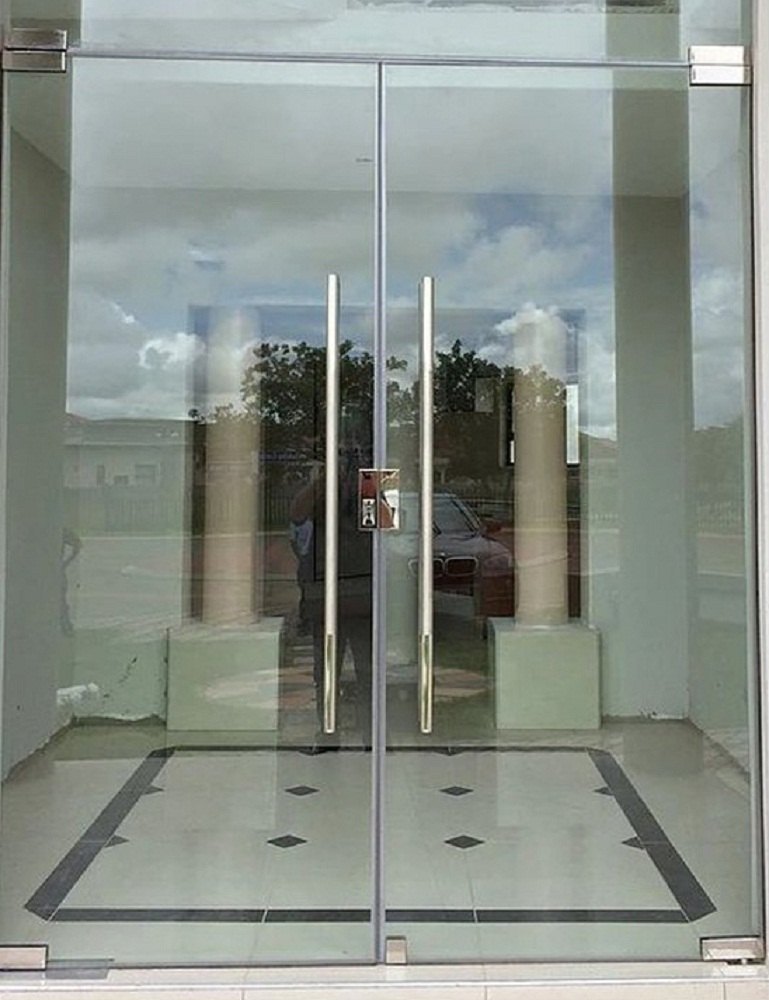Building an Inclusive Web
Practical Accessibility (A11y) for Everyone
Why it matters, how we do it, and how everyone benefits.
Presented by: Ithan lara | October 23, 2025
What IS Web Accessibility (A11y)?
- Designing web content so everyone can use it, including people with disabilities.
- Enabling people to perceive, understand, navigate, and interact with the web.
-
"Access by everyone regardless of disability is an essential aspect." – Sir Tim Berners-Lee
- It's about removing barriers in the digital world.
It's Not Just About Disability...
Accessibility benefits people with:
- Permanent disabilities (visual, auditory, motor, cognitive)
- Temporary impairments (e.g., broken arm, lost glasses)
- Situational limitations (e.g., bright sunlight, noisy place, slow internet)
- Aging users with changing abilities
Essentially, accessibility improves overall usability for ALL users.
Interactive Moment: The Doors


Which door is easier if you're using a wheelchair? Pushing a stroller? Carrying boxes?
The accessible option (automatic) is often the most convenient for everyone.
Think Beyond the Mouse: Keyboard & Screen Readers
Many users navigate *without* a mouse due to preference or necessity (motor impairments, visual impairments).
Keyboard Navigation (Try the "Tab Test"!)
- Uses Tab / Shift+Tab to move between interactive items (links, buttons, forms).
- Uses Enter / Space to activate items.
- Uses Arrow Keys within components (menus, sliders).
- Relies entirely on clear focus indicators to know "where" they are.
- Needs a logical source order for predictable movement.
Try navigating a page using only your keyboard!
Screen Readers Add Layers:
- Reads content aloud (text, labels, alt text).
- Announces element types and states (e.g., "button, pressed", "link, visited").
- Uses semantic structure (Headings, Landmarks) for efficient page skimming and navigation (e.g., jump to next heading).
- Turns a visual interface into an auditory/braille one.
Core Principles: WCAG & POUR
Based on WCAG (Web Content Accessibility Guidelines), aiming for Level AA.
Perceivable
Users can identify content/UI via senses.
Operable
Users can successfully use controls/navigation.
Understandable
Content and interface are clear & consistent.
Robust
Works across browsers, devices, AT.
POUR in Practice: Perceivable & Operable
Perceivable Examples
-
✅ Meaningful
alttext for images - ✅ Sufficient Color Contrast (e.g., ≥ 4.5:1 text)
- ✅ Captions/Transcripts for media
Operable Examples
- ✅ Full Keyboard Accessibility
-
✅ Clear, Visible Focus States (
:focus-visible) - ✅ Consistent Navigation / Reduce Motion
- ✅ Skip Navigation Links
POUR in Practice: Understandable & Robust
Understandable Examples
- ✅ Clear, Simple Language; Avoid Jargon
- ✅ Logical Structure (Headings, Lists)
- ✅ Predictable Layouts & Interactions
- ✅ Readable Fonts, Spacing, Text Size
Robust Examples
-
✅ Use Semantic HTML (
<nav>, <button>etc.) - ✅ Write Valid Code
- ✅ Use ARIA only when necessary
- ✅ Test across browsers & Assistive Tech (AT)
How Can We Check Our Work?
- Automated Tools: WAVE extension, Browser DevTools (Lighthouse). Good start, catch ~30-40%.
-
Manual Checks:
- Keyboard Test: Navigate EVERYTHING with Tab, Arrows, Enter, Space. Is focus clear?
- Color Contrast Checks
- Basic Screen Reader Test (NVDA, VoiceOver, JAWS)
- User Testing: Involve people with disabilities - the ultimate test!
Why Bother? Accessibility IS Quality!
- ✅ Better Usability: Benefits ALL users.
- 📈 Wider Audience: ~1B people + older users.
- 🔍 Improved SEO: Overlaps with best practices.
- 💖 Enhanced Brand: Shows inclusion & ethics.
- ⚖️ Legal Compliance: Reduces risk. 1 Reference to the European Accessibility Act.
- 💡 Innovation Driver: Constraints spark creativity.
Helpful Resources & Tools
Continue your learning journey with these tools and guidelines:
For Developers
- W3C HTML/CSS Validators
- Axe DevTools (Browser Ext.)
- NVDA Screen Reader (Win, Free)
- WAI-ARIA Authoring Practices (APG)
- MDN Web Docs - Accessibility
For Designers
- WebAIM Contrast Checker
- Browser DevTools (Contrast/A11y)
- Figma A11y Plugins (e.g., Stark, Focus Orderer)
- Design System A11y Guides (e.g., Material)
- Inclusive Components Patterns
For Content Creators
- Hemingway App (Readability)
- Plain Language Guidelines
- W3C Writing Tips for A11y
- MS Word/Google Docs A11y Checkers
- WebAIM Alt Text Guide
It Takes a Village: Shared Responsibility
Accessibility is everyone's job:
- Designers: Contrast, focus, consistency, clarity.
- Content: Clear language, structure, alt text.
- Developers: Semantic HTML, keyboard access, testing.
- Leads/PMs: Prioritize, allocate time, foster learning.
- Everyone: Be curious, learn basics, advocate!
Small changes have a HUGE impact!
Thank You!
Let's build a web for everyone.
Questions?
Ithan lara